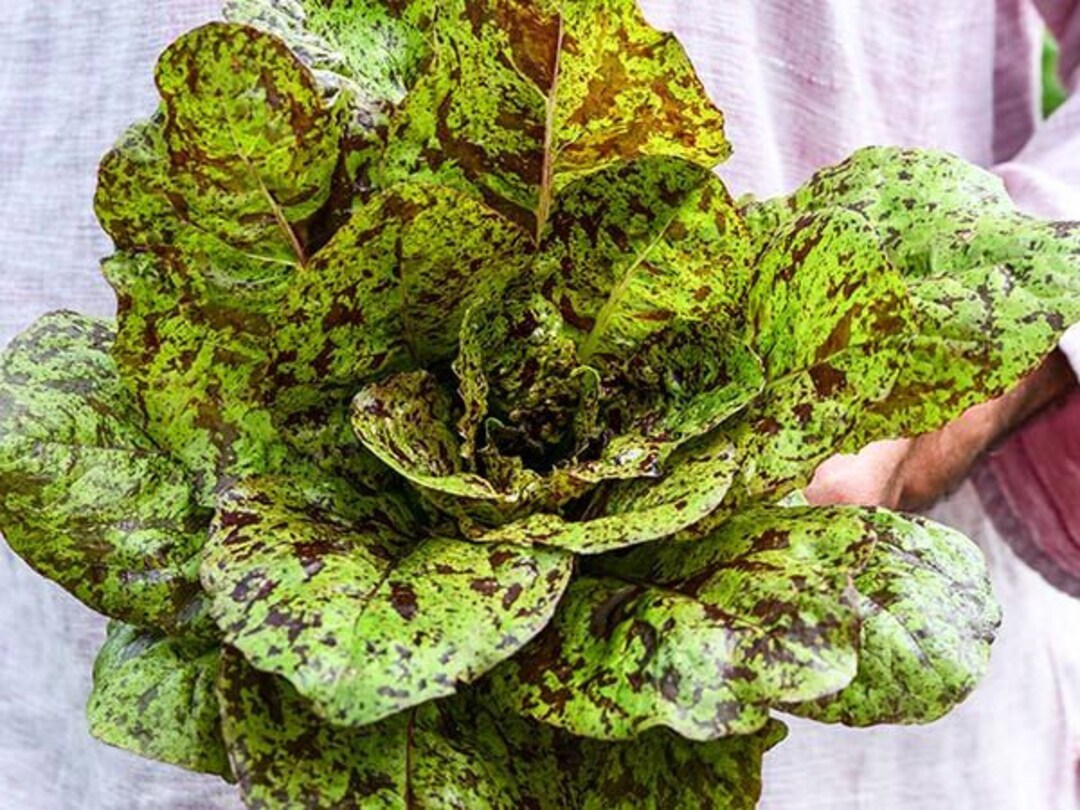Lettuce has captured my taste buds, becoming a newfound favorite of mine. It goes beyond the realm of salads and pairs exquisitely with various dishes, including meat, fish, poultry, and pork. Usually, I acquire lettuce from the local grocery store, but the gardening habits of my friends have sparked my curiosity.
A few of my friends cultivate lettuce gardens, where they nurture a diverse array of produce for their culinary endeavors. Curiosity took hold, and I decided to conduct a survey of the different lettuce varieties they cultivate. The following article offers a summarized account of my discoveries.
What Exactly is Lettuce?
Lettuce, classified as a vegetable, may not be the most flavorsome choice, yet it consistently ranks high on people’s list of preferred vegetables. It is low in nutrients, calories, carbs, vitamins, and minerals. Nevertheless, when accompanied by dressing in a classic salad, it provides a refreshing taste. Furthermore, it serves as an excellent substitute for bread in meals. Lettuce caters to individuals adhering to low-carb and gluten-free diets, and I find it abundant in my kitchen whenever I have vegan guests for dinner.
Various Lettuce Types for Garden Cultivation
1. Ithaca Iceberg Lettuce
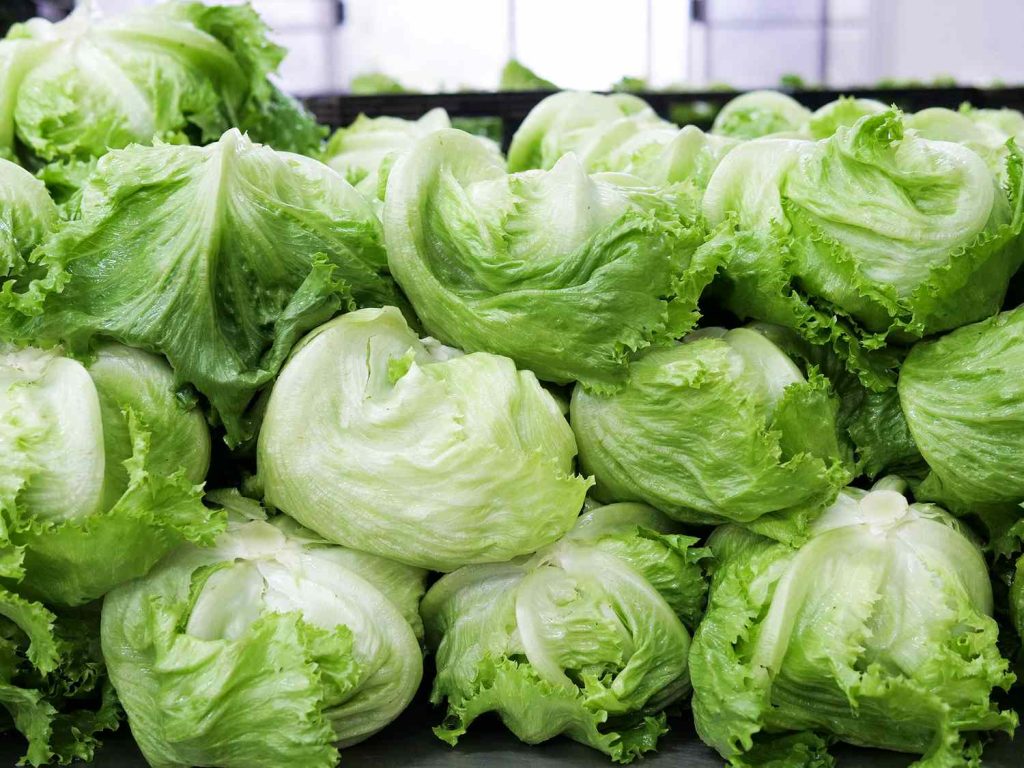
This lettuce variety reigns as the most renowned type found in most grocery stores. Its sizable leaves overlap and nestle tightly, requiring one to peel them back individually. This characteristic makes it easier to chop and shred for salad preparations. The leaves are also stiff and crunchy.
Ithaca Iceberg lettuce thrives best in gardens plagued by pests. The robust and compact leaves pose a challenge for insects, making it difficult for them to penetrate. In the event of an insect attack, simply remove the outer damaged layers during harvesting. With a high leaf count, you won’t miss a few that need discarding.
2. Nevada Summer Crisp Lettuce
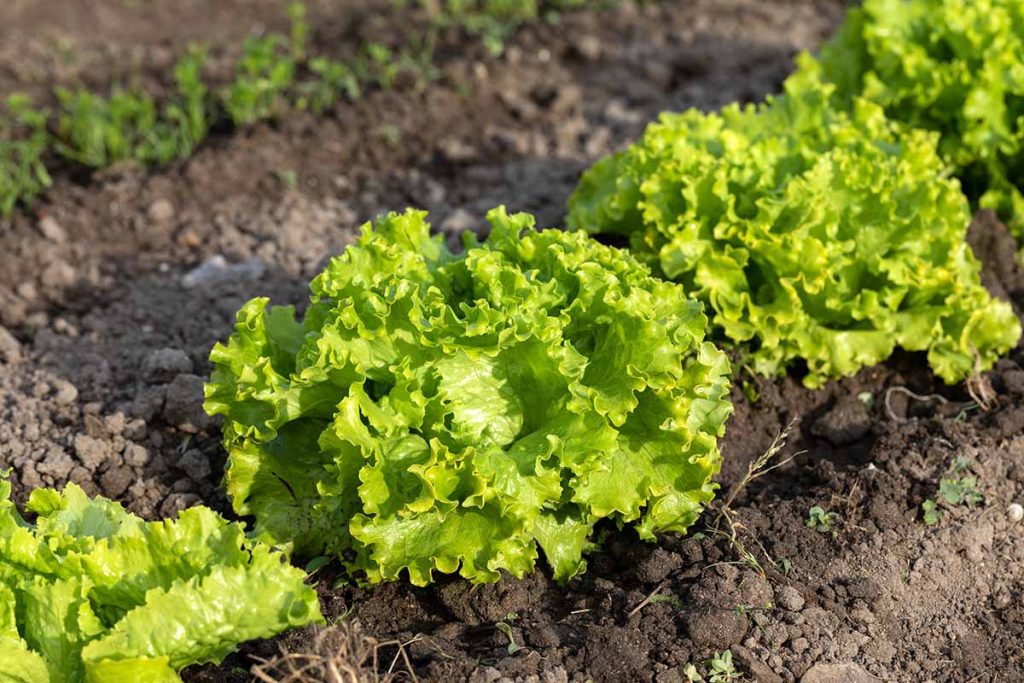
Gardeners favor this type due to its resilience against heat and sun damage. Nevada Summer Crisp lettuce boasts dense heads comprising moderately loose and thick leaves. These leaves offer a mild flavor and a smooth, pleasant texture.
Optimal growth of this lettuce variety occurs in warmer climates with well-drained soil and lower water levels in gardens.
3. Tom Thumb Butterhead Lettuce
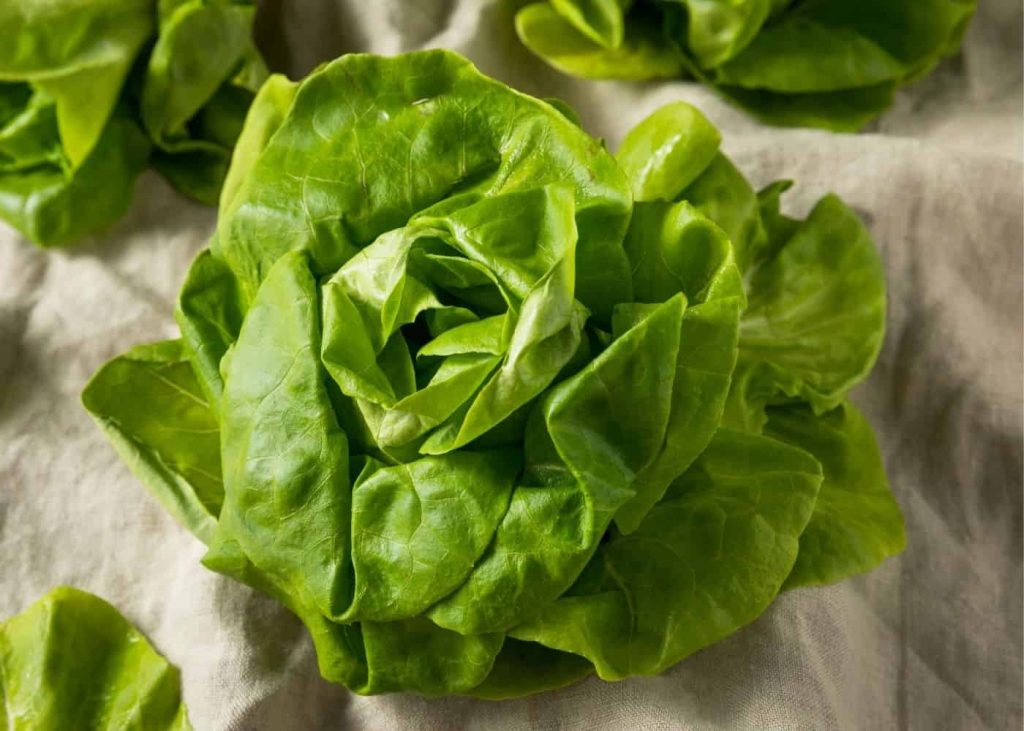
Similar to its fictional namesake, this lettuce features a compact and diminutive stature. It flourishes in confined spaces like container gardens or window boxes. With a short maturity rate of 55 days, it thrives effortlessly both indoors and outdoors.
4. Parris Island Romaine Lettuce

Distinguished by its towering presence and sturdy leaves, this lettuce type boasts lengthy, flavorful, and well-textured foliage. It matures swiftly in just 50 days.
5. Coastline Summer Crisp Lettuce

Easily identified by its lengthy and firm stem and frilled light green leaves, this lettuce variety consistently yields a bountiful harvest. For optimal results, before planting each head, it is recommended to mix a cup of compost into the soil and provide light but frequent watering at the roots rather than over the leaves. To avoid wilting, aim for approximately an inch of water per week. Excessive watering may lead to root rot and mold growth on the leaves.
6. Ice Green Loose-Leaf Lettuce

This lettuce type ensures plentiful harvests, as its seeds germinate rapidly and abundantly. In a short period, a whole crop of lettuce heads can be obtained.
7. Flashy Butter Oak Lettuce
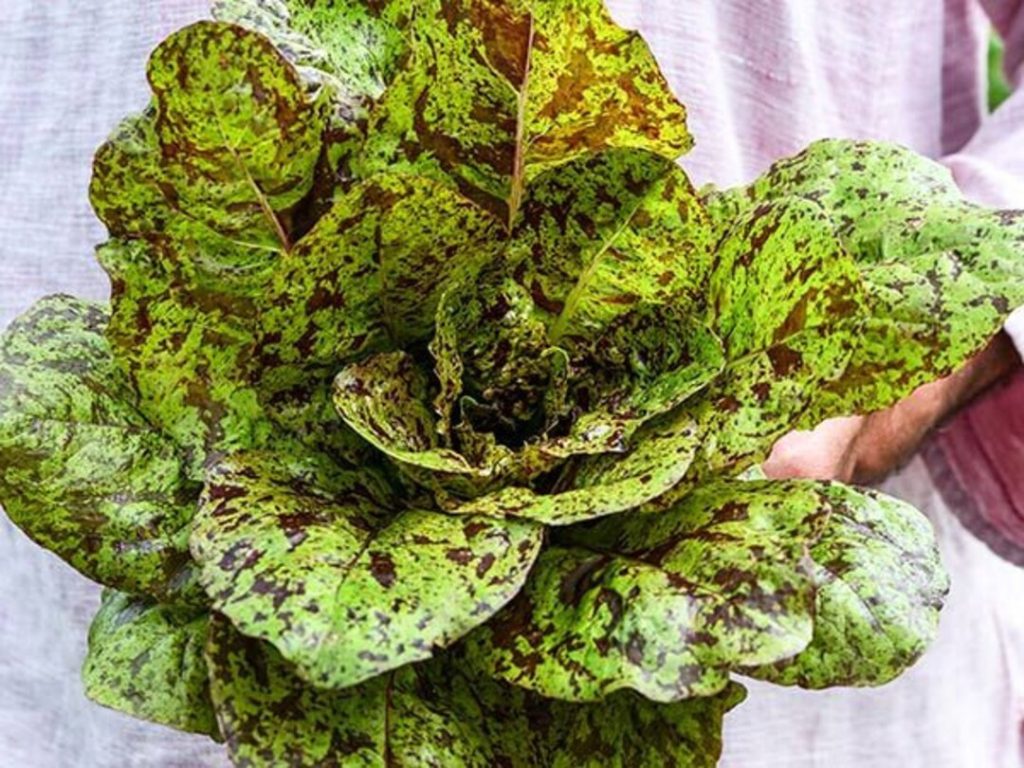
Taking its name from the shape of its leaves, which resemble slender and jagged oak tree leaves, this lettuce variety holds a special allure for gardeners. Flashy Butter Oak lettuce thrives well in colder temperatures, making it ideal for gardeners residing in chilly climates. It can be grown throughout autumn and fares exceptionally in greenhouses and indoor containers.
8. New Red Fire Loose-Leaf Lettuce
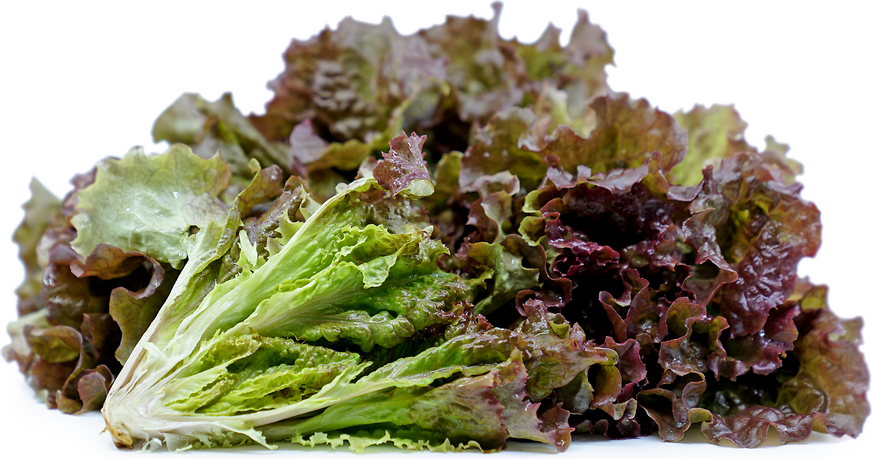
With curly burgundy leaves reminiscent of autumn flames, this lettuce variety adds a visual appeal to your dishes. Additionally, it boasts a high fiber content, contributing extra impact to salads and providing a satisfying feeling of fullness.
Unlike other lettuce varieties associated with sweetness, New Red Fire lettuce presents a bitter taste.
9. Summer Bibb Butterhead Lettuce
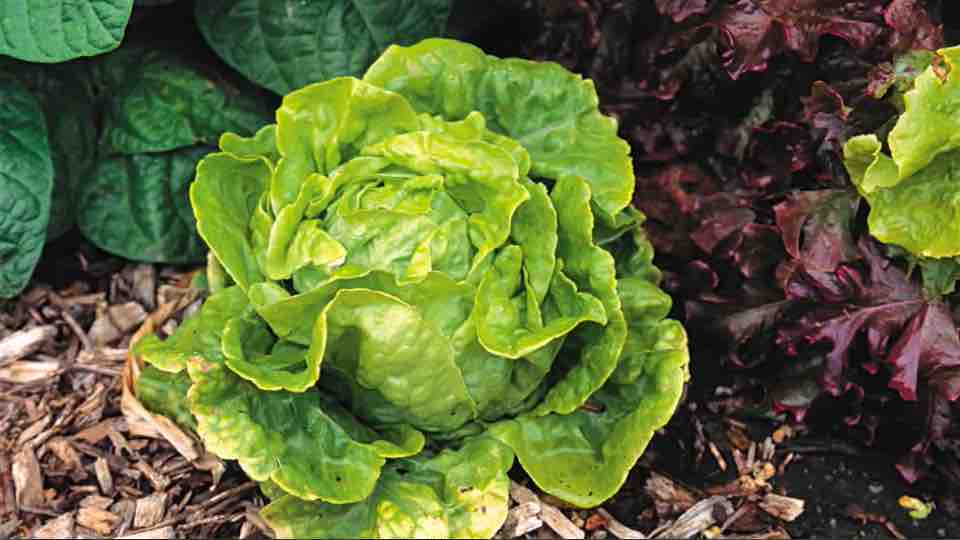
Thriving in moist and fertile soil, this lettuce variety exhibits a somewhat demanding nature. Each plant requires ample growth space of at least 18 inches around it. It prefers partial shade and is best harvested while still immature.
10. Crispino Iceberg Lettuce
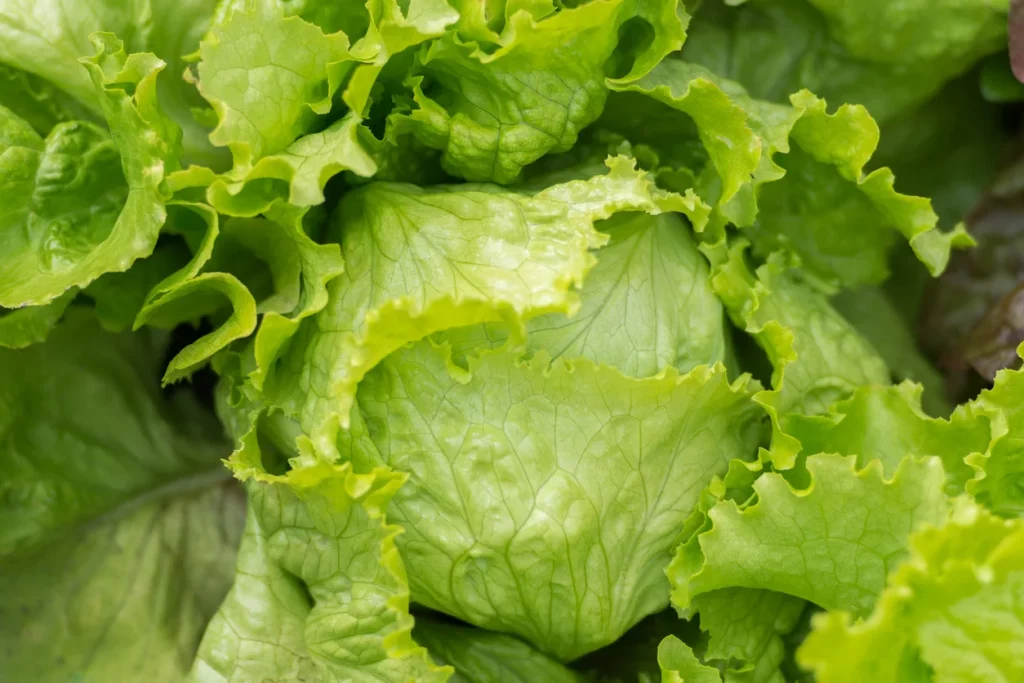
This lettuce variant possesses pale inner leaves that slightly curl backward upon maturation. It stands out as an exceptional choice for wraps. Crispino lettuce also ranks among the easier varieties to harvest, requiring plucking every two weeks.
It adapts well to various growing conditions, thriving equally in window boxes, raised beds, and open fields.
11. Corn Salad Mache Lettuce
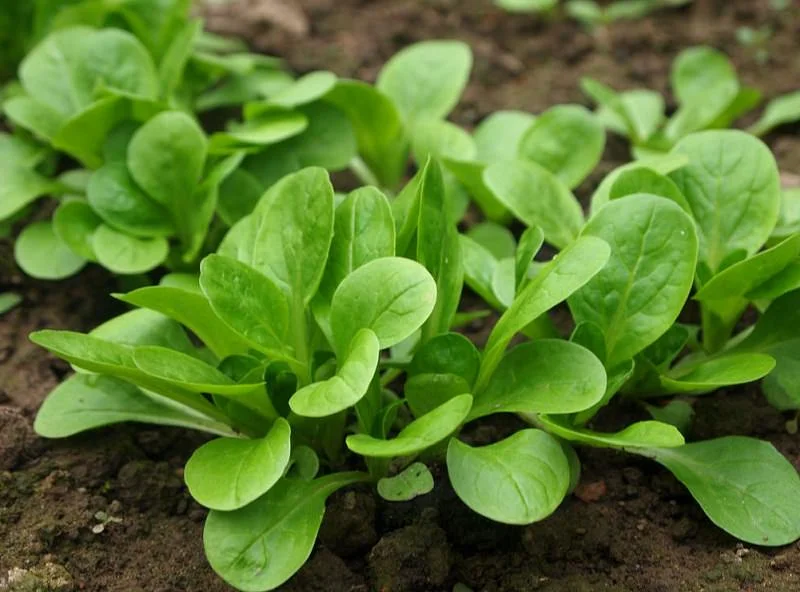
This lettuce species follows a unique growth pattern, with its leaves sprouting in a delightful twisty, rose-like arrangement. Although it can be harvested leaf by leaf, it is recommended to wait until the head fully matures for optimum results.
Corn Salad Mache lettuce exhibits remarkable resistance to cold temperatures. Thus, if you reside in a cooler climate, it can be cultivated well into autumn. Regular watering is advised for this lettuce type, as it thrives in moist and damp conditions.
12. Frisee Endive Lettuce
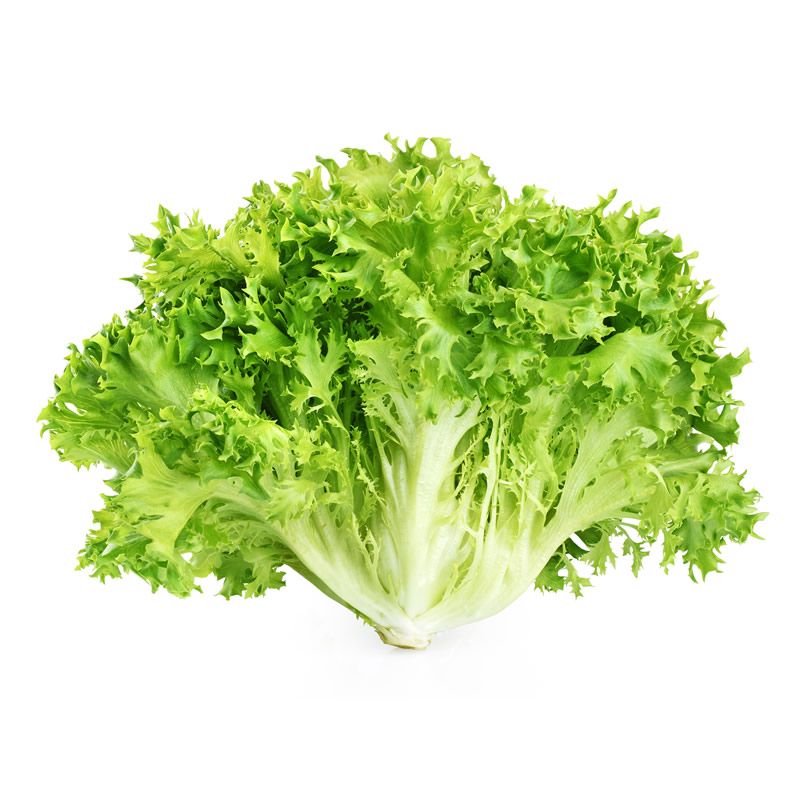
Featuring curly and luminous leaves, this lettuce variety flourishes in elevated small spaces, making it a perfect fit for containers and hanging baskets. The leaves from this lettuce head serve as an ideal base for salads and can even enhance the flavor of smoothies. It can be harvested as baby leaves after 35 days or allowed to mature for 65 days before harvesting the entire head.
13. Celtuce Lettuce
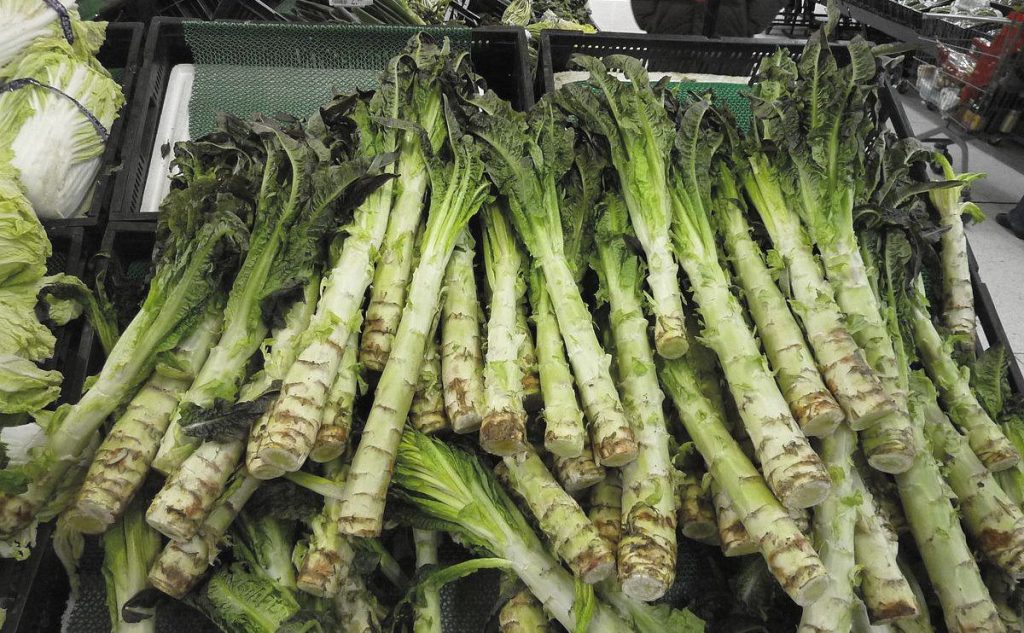
The unique taste of Celtuce lettuce combines elements of traditional lettuce with a hint of celery, thus earning its distinctive name. Instead of leaves, it showcases long and crunchy stems. After 75 days, Celtuce reaches maturity, with stems reaching heights of up to 2 feet. Its bitter flavor harmonizes excellently with soups and stir-fries, offering a delightful addition to such dishes. While I have sampled it in soups, I have yet to try it in stir-fry preparations.
14. Lau’s Pointed Leaf Romaine Lettuce
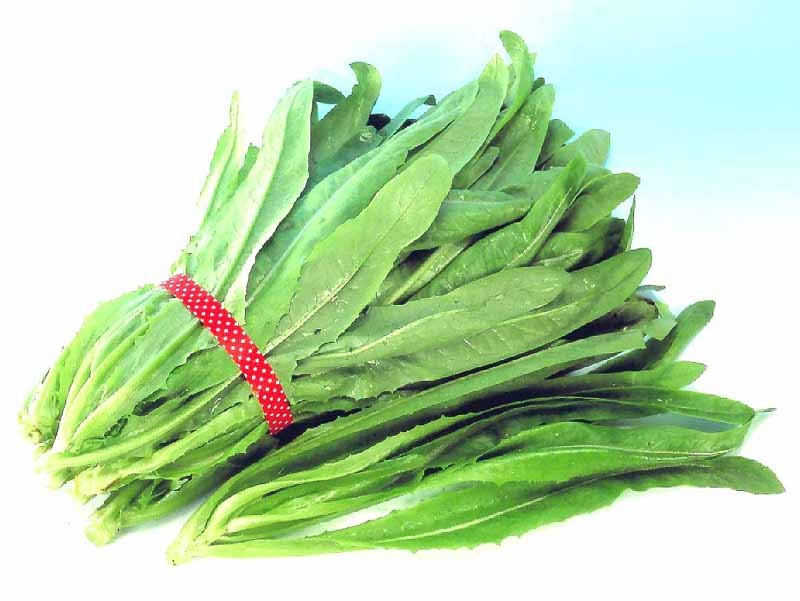
A splendid addition to any garden, this lettuce variety presents tall, slender, and light green leaves. Originating in Malaysia, it thrives particularly well in hot climates. With a quick maturity rate of 30 days, individual leaves can be picked and savored.
15. Tennis Ball Bibb Lettuce
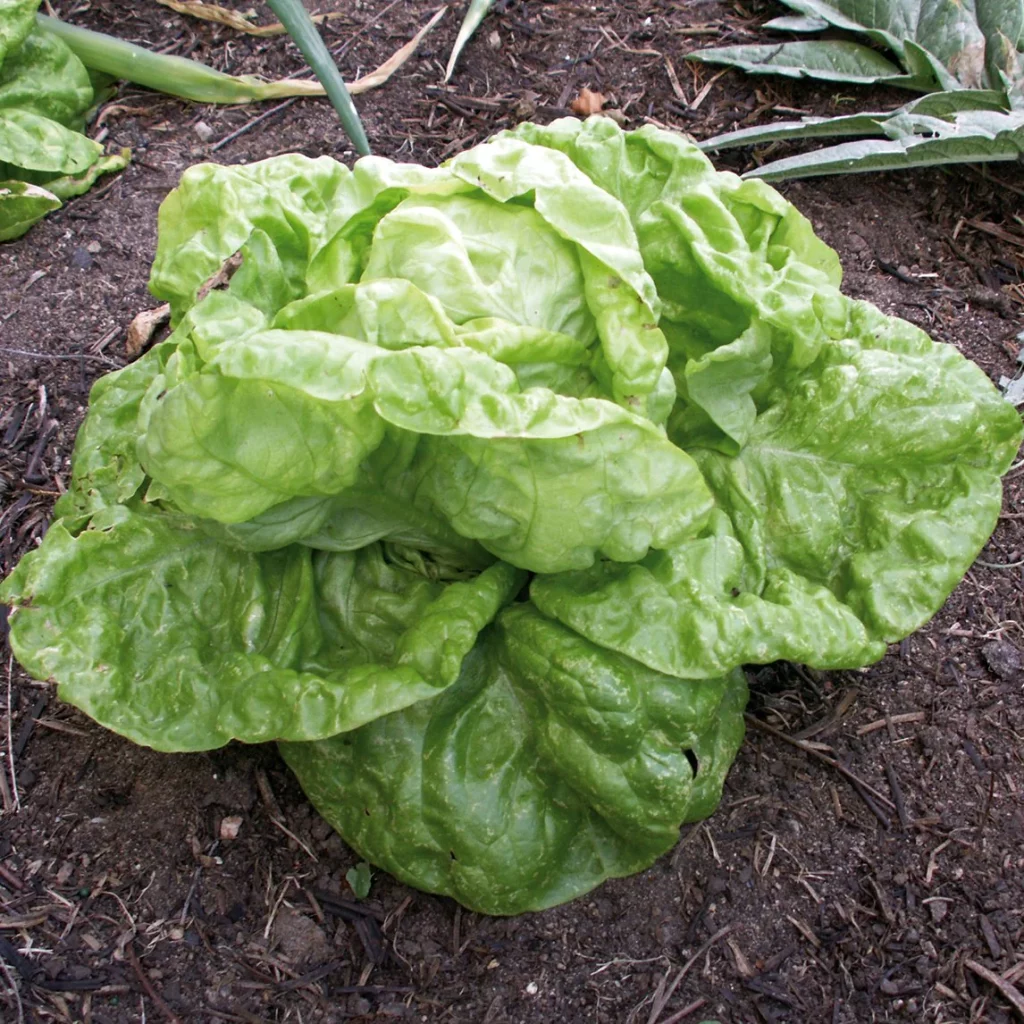
Maturing within 55 days and measuring a mere 6 to 8 inches in diameter, this lettuce species stands out as an excellent choice for indoor container cultivation. Tennis Ball Bibb lettuce demands minimal care and boasts strong germination rates.
A Brief Journey Through Lettuce’s History
Lettuce traces its roots back to ancient Egypt, where depictions in wall murals portrayed Min, the Egyptian god of fertility, engaged in lettuce cultivation around 2700 BCE. The ancient Greeks acquired lettuce-growing knowledge from the Egyptians, utilizing it medicinally as a sedative and serving it as an appetizing salad to aid digestion.
The Greeks, in turn, shared their lettuce wisdom with the Romans, who christened the plant “lactuca,” a reference to its white sap. Over time, “l
Lettuce has become my newfound fascination. Its versatility extends far beyond salads, as it effortlessly complements a variety of dishes, including meats, fish, poultry, and pork. While I typically purchase lettuce from the local grocery store, my friends’ gardening habits have sparked my curiosity and opened my mind to new possibilities.
Among my friends, a few of them have lettuce gardens where they cultivate an array of produce for their culinary endeavors. Intrigued, I decided to conduct a survey of the different lettuce varieties they grow. The following article presents a concise summary of my findings.
Unraveling the Essence of Lettuce
Lettuce, classified as a vegetable, may not reign supreme in terms of taste, yet it consistently ranks high on the list of favorite vegetables. Nutrient-wise, it falls on the lower end, with low calorie, carb, vitamin, and mineral content. However, when combined with dressing in a classic salad, it provides a refreshing experience. Additionally, it serves as an excellent bread substitute, making it ideal for those following low-carb or gluten-free diets. Whenever I host vegans for dinner, lettuce takes center stage, offering abundance and variety.
A Glimpse into Lettuce’s Storied Past
Lettuce’s origins can be traced back to ancient Egypt, where wall murals depicted Min, the Egyptian god of fertility, engaging in lettuce cultivation around 2700 BCE. The ancient Greeks acquired lettuce-growing knowledge from the Egyptians, utilizing it medicinally as a sedative and serving it as an appetizing salad to aid digestion.
The Greeks, in turn, shared their lettuce wisdom with the Romans, who named the plant “lactuca,” a nod to its milky white sap. Over time, “lactuca” transformed into
Lettuce, with its origins in ancient Egypt, spread to Greece and Rome, where its cultivation and usage expanded. The Roman Empire carried lettuce eastward to China and northward to Britain, where misconceptions about its effects on fertility arose. Until the 15th century, lettuce cultivation remained limited to Europe, Asia, and Africa. However, with the arrival of European settlers, lettuce made its way to North and South America in the late 15th century.
In the 17th and 18th centuries, European farmers dedicated themselves to developing an array of lettuce varieties. Notably, Thomas Jefferson had an impressive collection of 17 lettuce types at Monticello, with the Brown Dutch lettuce from Holland ranking among his favorites.
By the early 20th century, advancements in storage and transportation revolutionized the lettuce industry. Refrigerated railroad cars facilitated long-distance shipping, and iceberg lettuce emerged as a popular choice. However, changing tastes in the 1970s, coupled with the rise of the organic food movement, shifted the focus to more nutritious and flavorful lettuce varieties like butter, romaine, and leaf lettuce.
As a result, mixed bags of lettuce types became commonplace in supermarkets, while restaurants offered an assortment of greens. Growing lettuce in personal gardens also gained popularity, with individuals experimenting and combining different varieties to elevate their meals. The seed industry responded to this trend by creating diverse seed combinations to cater to individual gardeners’ preferences.
